When you're over 50, these exercise habits are bad for your knees.
Do any of these sound like you? You will soon find out! Do you sometimes like and sometimes dislike your knees? Let's be honest:
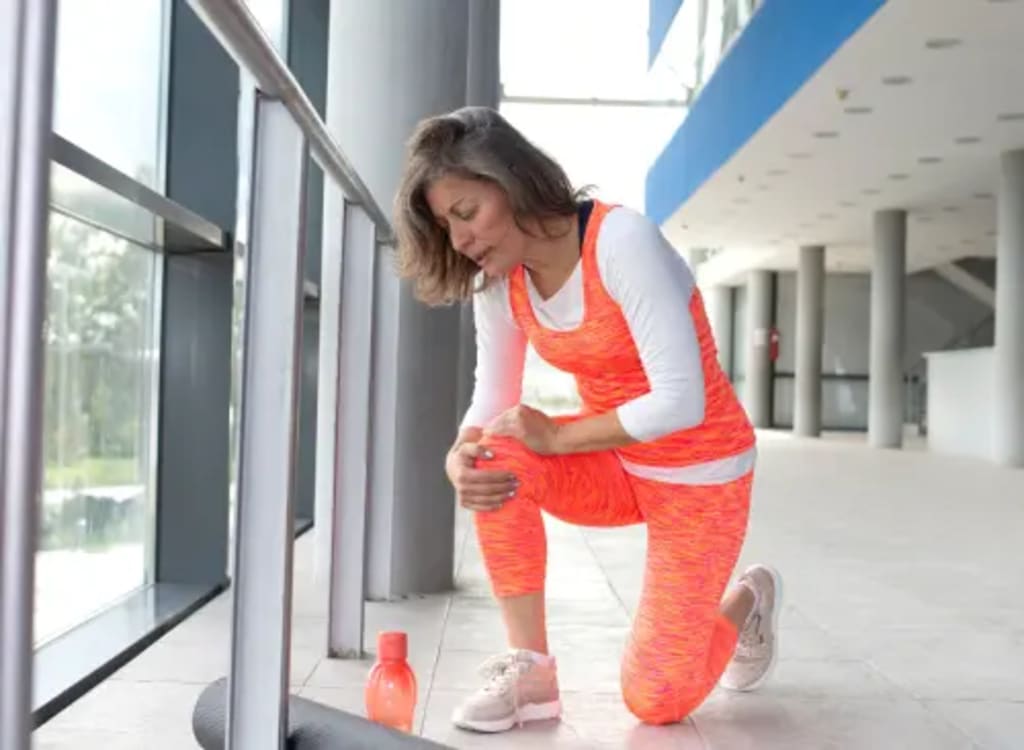
Do you sometimes like and sometimes dislike your knees? Let's be honest: if you don't have strong knees, you can't live a busy life. If you don't take care of this important part of your body, it can have a very bad effect on your health and way of life as a whole. In fact, there are a few ways to work out that are bad for your knees after 50 and you should avoid them. Do any of these sound like you? You will soon find out!
It's easy to forget about your knees. Just think about it: they get you from one place to another. You can't sit, drive, climb stairs, ride a bike, lift goods, or do many other everyday things if you can't bend your knees easily. Harvard Health Publishing says that with every step you take, your knees are put under stress. Over time, your muscles and joints get weaker, and your cartilage starts to break down. If you have osteoarthritis or are overweight, you are even more likely to lose your health.
Many things have a big effect on the health of your knees and can cause wear and tear as you age. Exercise is no different, so you should know the worst things you can do to hurt your knees after you turn 50. Carissa Fernandez, a master trainer at Club Pilates and a health and wellness coach, told me what not to do when it comes to exercise after 50.
1. You're doing exercise with a lot of force
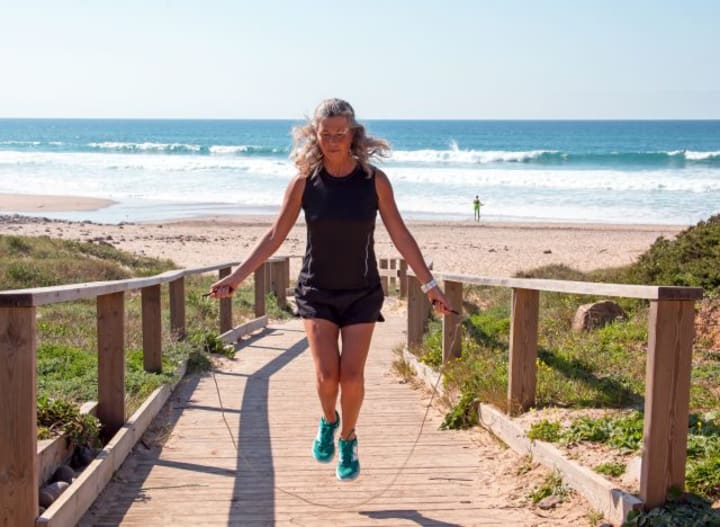
High-impact exercise is the best way to burn a lot of calories in a short amount of time. Dynamic Physio says that on the one hand, you'll give your heart and lungs a nice little boost and raise your heart rate. If you want to burn calories and fat, it's a good way to work out. Doing physical activities with a lot of force can also be good for your bones.
High-impact workouts, on the other hand, can be very hard on your ligaments, tendons, and joints. This kind of workout is about the same as lifting about 2.5 times your own body weight. Dynamic Physio says that older people shouldn't do high-impact workouts because they are more likely to hurt their joints and bones.
Before you start a new exercise plan, especially one that will be hard on your body, it's always a good idea to talk to a doctor or a certified personal trainer.
2.You are practicing sports on a concrete surface.
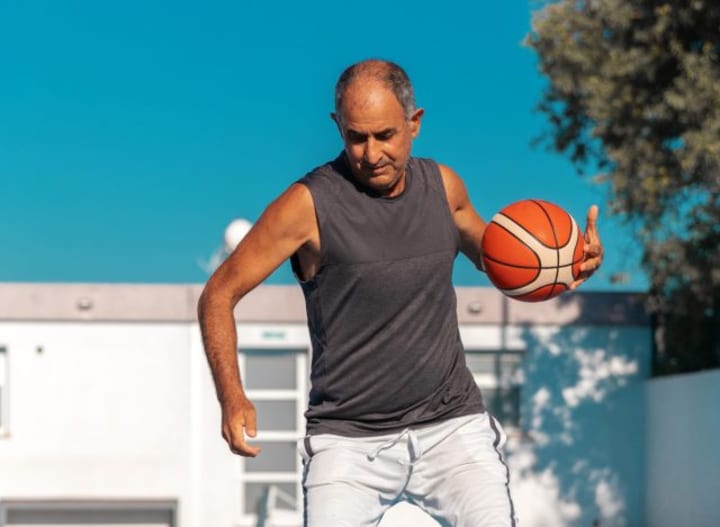
If you are worried about the health of your knees, you shouldn't play sports on concrete. Advanced Orthopaedic Centers says that your hips, feet, lower back, and knees won't be able to absorb shock on a concrete surface, which could cause you to get hurt.
"Running on the path and jumping on the basketball court can wear down your knee joints over time. Even adding jumping jacks or burpees to Bootcamp-style workouts can start to make a difference in knee health.
instead of playing sports on concrete, you should add cardio to your practice by "rebounding" on a trampoline or jumping on a jump board on a Pilates reformer. another benefit of bouncing on the Pilates Reformer is that it helps build bone structure as you age.
3. When it comes to shoes, you choose style over usefulness.
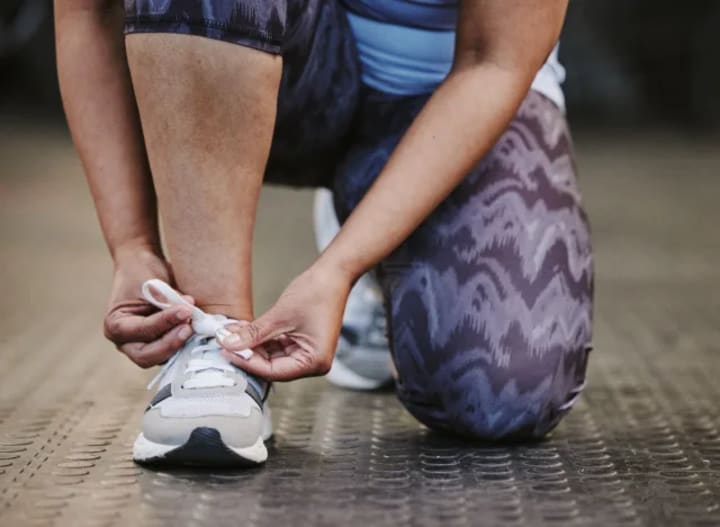
When it comes to picking the right shoes for exercise, it's important to put function over style. The Noyes Knee Institute says that bad shoes can cause imbalance, stretched muscles, overpronation (which is when your leg and knee turn in with each step), instability, and tiredness in your lower body.
"Sure, those trendy sneakers look cute, but if they don't have arch support, you won't feel as cute in them as you get older, "It's important to wear shoes that support your feet and keep your hips and knees in the right place. If bad shoes have hurt you, it's not too late to try to fix the problem.
When looking for the perfect pair of shoes, look for insoles with good hip support. The next step is to add an exercise program, like Pilates, that focuses on balance into your practice. "At Club Pilates, every class starts with footwork, which helps fix how we walk and strengthens the muscles that help keep our hips, knees, and feet in the right place. "Many people with knee problems come to us and leave with less pain or no pain at all," Fernandez says.
4. You spend more time sitting around than moving around.
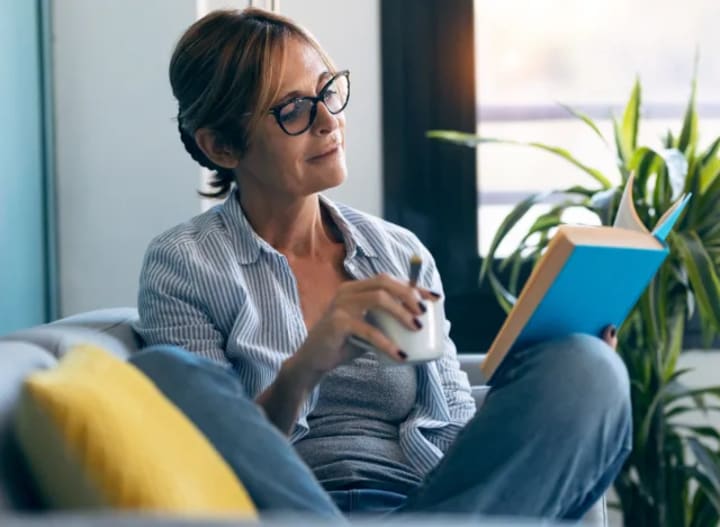
Last but not least, you probably know that sitting around all day is bad for your health. "Exercise is ESSENTIAL for the health and movement of your joints. It doesn't have to be scary. A low-impact workout like Pilates that focuses on stability, movement, and stretching is a great place to start if you're just getting back into fitness after having knee or other joint problems.
Stretching and foam rolling are great ways to keep your joints healthy and loosen up stiff muscles. This will get you started on the right path to better knees and joints.
About the Creator
Jacob Damian
Whether you're looking to learn something new, explore different perspectives, or simply satisfy your curiosity, I can offer you insights and perspectives that you may not have considered before. With my ability to process and analyse.
Enjoyed the story? Support the Creator.
Subscribe for free to receive all their stories in your feed. You could also pledge your support or give them a one-off tip, letting them know you appreciate their work.






Comments
There are no comments for this story
Be the first to respond and start the conversation.